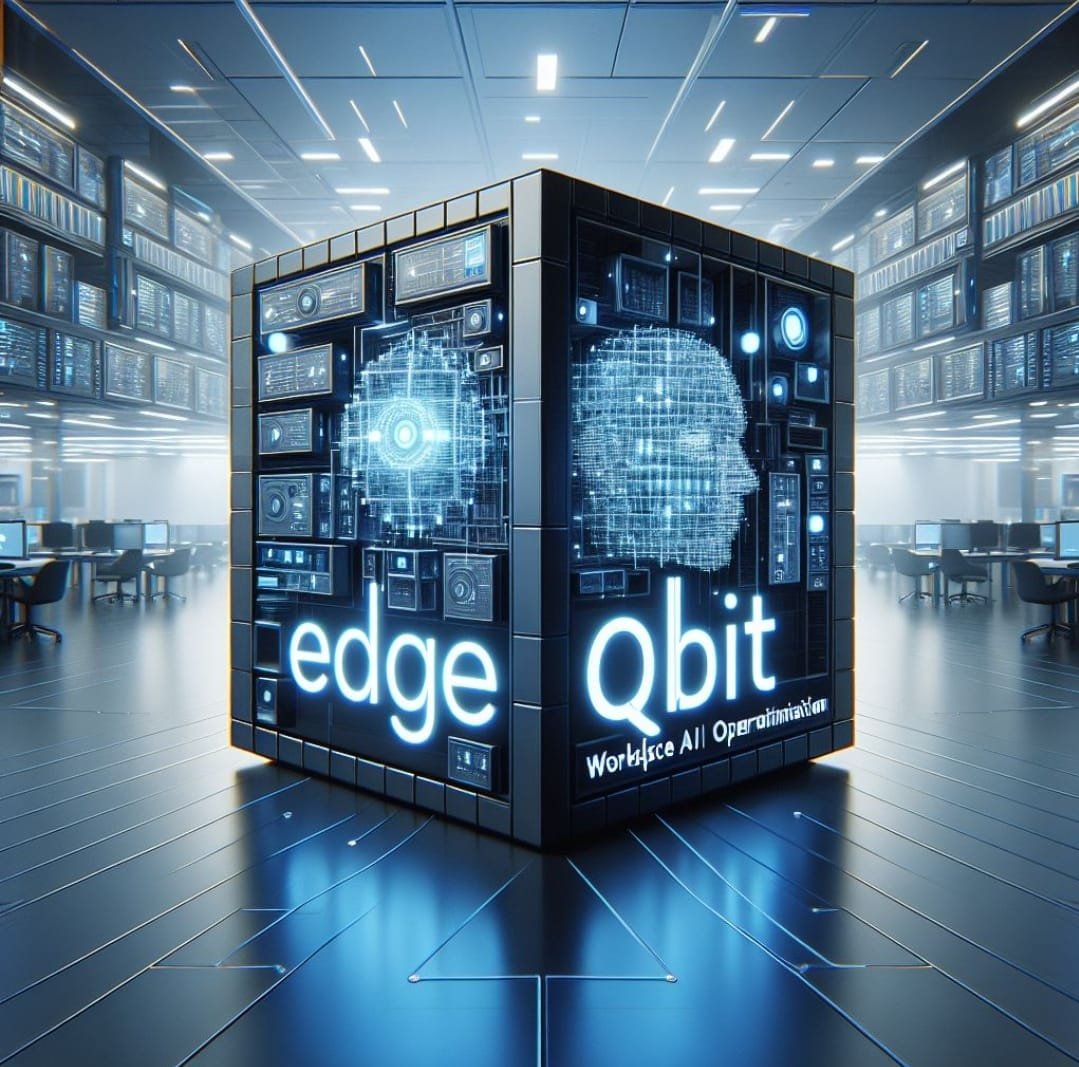The burgeoning realm of Intelligent IoT demands a delicate dance between powerful AI and resource-constrained edge devices. Traditional approaches often grapple with the dichotomy of centralized cloud processing, which suffers from latency and bandwidth bottlenecks, and distributed edge inference, which can be hampered by limited computational power. This is where Boomerang Optimizer emerges as a graceful conductor, harmonizing inference and training across end devices, edge nodes, and the cloud to form a cohesive edge AI symphony.
Boomerang Optimizer takes a unique approach to optimizing model distribution for intelligent IoT applications. Unlike static partitioning methods, Boomerang employs a dynamic feedback loop that continuously evaluates the workload and resource constraints across the entire edge-cloud continuum. This dynamic approach is facilitated by two key components:
- Point Selection Algorithm: This algorithm acts as the brain of the optimizer, analyzing the computational workload and resource availability at each layer of the AI model. It leverages reinforcement learning to identify optimal “decision points” where the model can be partitioned for efficient execution across end devices, edge nodes, and the cloud.1
- Boomerang: This aptly named component orchestrates the movement of data and model partitions between edge and cloud based on the decisions made by the Point Selection Algorithm. This dynamic flow ensures that the right processing power is applied to the right part of the model at the right time.
The benefits of employing Boomerang Optimizer for intelligent IoT are numerous:
- Reduced Latency and Improved Responsiveness: By dynamically offloading computationally intensive tasks to the cloud while keeping frequently accessed portions of the model on the edge, Boomerang minimizes latency and ensures real-time responsiveness, a crucial factor for many IoT applications.
- Enhanced Resource Utilization: Boomerang’s intelligent workload distribution prevents edge devices from being overloaded, maximizing their processing power and battery life. This, in turn, optimizes resource utilization across the entire edge-cloud infrastructure.
- Improved Scalability and Adaptability: The dynamic nature of Boomerang allows it to seamlessly adapt to changing workloads and resource availability. This makes it ideal for handling the ever-evolving nature of intelligent IoT deployments.
- Flexibility and Agnosticism: Boomerang is agnostic to specific hardware and software platforms, making it readily adaptable to diverse edge-cloud environments. This flexibility fosters wider adoption and simplifies integration with existing infrastructure.

The diagrams provided offer valuable insights into the inner workings of Boomerang Optimizer. The Point Selection Algorithm1 diagram showcases the reinforcement learning loop that drives decision-making, while the Boomerang diagram illustrates the data and model movement orchestrated by the system. These visual representations effectively complement the explanation of the technology’s core principles.
In conclusion, Boomerang Optimizer stands as a testament to the ingenuity of edge AI solutions. By orchestrating a dynamic interplay between edge and cloud resources, it paves the way for a future where intelligent IoT applications can flourish, unencumbered by latency, resource constraints, or inflexible architectures. As the demand for intelligent and responsive IoT solutions continues to rise, expect Boomerang Optimizer to play a pivotal role in harmonizing the edge AI symphony.
1Point Selection Algorithm
- Goal: To determine the optimal partition points within an AI model for distributed execution across edge and cloud.
- Approach: Employs a reinforcement learning (RL) framework to iteratively explore and evaluate different partition points, seeking those that best balance latency, resource constraints, and accuracy requirements.

Algorithm Steps:
- Initialization:
- Define the model architecture, available edge and cloud resources, and latency requirements.
- Establish initial exit points (potential partition locations) within the model.
- Iterative Exploration:
- Begin with the last exit point (Exit Point 2 in the diagram).
- For each exit point:
- Estimate inference latency:
- On the device for layers before the exit point.
- On the edge server for layers after the exit point.
- Calculate transmission latency: Time required to send data from edge to cloud if partitioning occurs at this point.
- Assess total latency: Sum of inference and transmission latencies.
- Compare with latency requirement: If it’s met, proceed to step 4.
- Estimate inference latency:
- Backtracking:
- If no suitable partition point is found at the current exit point, move down to the next exit point and repeat steps 2.2-2.4.
- Solution Return:
- If a partition point satisfying latency requirements is identified, return it as the optimal solution for model segmentation.
Key Technical Considerations:
- Reinforcement Learning: The algorithm learns through trial and error, adjusting its exploration strategy based on feedback from previous iterations.
- Reward Function: The RL agent is rewarded for finding partition points that meet latency constraints while minimizing resource usage and model accuracy degradation.
- State Representation: The state captures model architecture, resource availability, and current partition point.
- Action Space: Actions involve selecting different exit points to evaluate.
- Value Function Approximation: Techniques like neural networks may be used to estimate the long-term value of different partition choices.
Integration with Boomerang:
- The PSA provides decisions to Boomerang, which dynamically distributes model partitions and data accordingly.
- This feedback loop enables continuous adaptation to changing conditions and workloads.
Visualizing the Process: (Refer to the attached diagram for a visual representation of the following steps)
- Edge devices collect data and initiate inference.
- Early model layers execute on edge devices.
- Boomerang evaluates workload and resource availability.
- Point Selection Algorithm determines optimal partition point.
- Later model layers and data may be offloaded to edge servers or cloud for processing.
- Results are returned to edge devices for decision-making or actuation.
- The feedback loop continuously monitors and adapts the model distribution.

